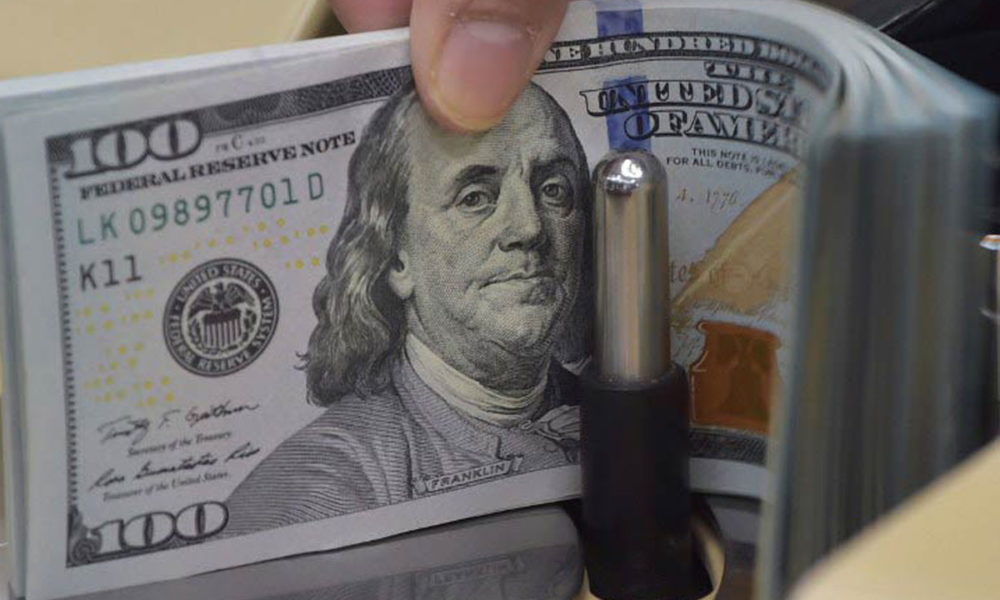Economy
Nigeria Spends Over 50% of Revenue on Debt

- Debt Servicing: Nigeria Spends Over 50% of Revenue on Debt
Nigeria’s rising debt remained a concern as more experts warn Africa’s largest economy of the danger involves in spending a large portion of revenue on debt servicing.
The African Development Bank said Nigeria spends more than 50 percent of her revenue on external debt.
In its ‘West Africa Economic Outlook 2019’ report, the bank said on the average, West African nations spent 17 percent of their revenue on external debt.
This, the bank said is high and even higher in Nigeria which spends around 50 percent on external debt servicing alone.
Foreign Policy, a magazine devoted to foreign policies/economics, last week tied Egypt current economic situation to poor infrastructure development due to the huge amount of money appropriated to the country’s foreign debt following the adoption of IMF economic reform programme about four years ago.
The situation is not entirely different from Nigeria, where the government spent N2.21 trillion on domestic debt alone in the first nine months of 2018. The amount is more than the N2.01 trillion allocated for total public debt servicing in the whole year.
According to the bank, with Nigeria’s domestic debt rising, the share of revenue spent on debt servicing will grow even higher.
The bank, however, added that even though Nigeria’s debt has risen by 128 percent in the last eight years, the nation’s debt to Gross Domestic Product remained low.
It stated, “Cape Verde had the highest external debt-to-GDP ratio in 2018, an estimated 103 per cent, followed by Senegal, Niger, and Sierra Leone. Liberia had the highest rate of debt accumulation between 2010 and 2018, at 329 per cent, followed by Nigeria at 128 per cent.
“Despite the increase, Nigeria still has one of the lowest external debt-to-GDP ratios, at 15.2 per cent. Benin, Guinea-Bissau and Togo also have a ratio below 25 per cent.
“The rapid increase in external indebtedness remains a challenge, especially given the shift toward non-concessional external debt. Debt service payments have also increased since 2010 and are projected to remain high in the medium term.”
The bank added, “The increase has heightened the fiscal burden in an already fiscally and growth-constrained environment. This raises important concerns regarding the sustainability of external debt. West African countries spend an average of 17 per cent of revenue on servicing external debt.
“In Nigeria, about half of the revenue is used to service external debt. The increasing domestic debt burden means that the total proportion of the revenue spent on servicing debt is even higher. In a country where only six per cent of GDP is collected in revenue, the high burden of debt service is a major concern.
“Ghana falls into a similar category, with debt service accounting for 40 per cent of revenue. The rising debt burden drove up to the proportion of revenue allocated to servicing external debt to about 500 per cent. This is a country once hailed as an example of a state with a strong commitment to structural and macroeconomic reforms in the post-Heavy Indebted Poor Countries debt relief initiative.”